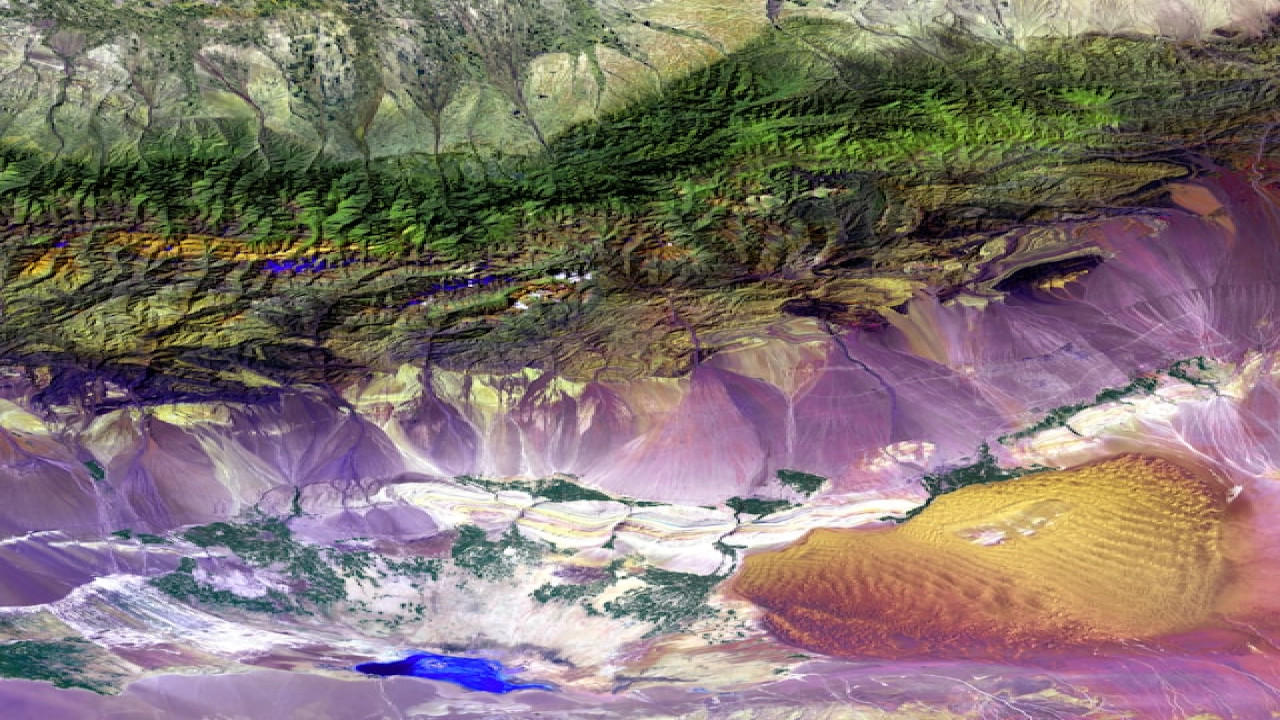Exploring Digital Image Processing Techniques: Enhancing, Analyzing, and Manipulating Visual Data
Introduction:
- Brief overview of digital image processing and its significance in various fields.
- Importance of image processing techniques in enhancing, analyzing, and manipulating visual data for different applications.
1. Image Enhancement Techniques:
- Explanation of basic enhancement techniques such as brightness and contrast adjustment, histogram equalization, and spatial filtering.
- Advanced enhancement methods like adaptive histogram equalization and multiscale retinex.
- Examples of real-world applications, including medical imaging, satellite imagery, and surveillance systems.
2. Image Restoration and Reconstruction:
- Discussion on techniques for restoring degraded or damaged images, including noise reduction, deblurring, and inpainting.
- Overview of restoration algorithms such as Wiener filter, total variation regularization, and deep learning-based approaches.
- Case studies highlighting the importance of image restoration in fields like microscopy, astronomy, and historical document preservation.
3. Image Segmentation and Object Detection:
- Explanation of segmentation algorithms for partitioning an image into meaningful regions, such as thresholding, region-based segmentation, and edge detection.
- Introduction to object detection techniques like template matching, contour analysis, and machine learning-based approaches.
- Applications of image segmentation and object detection in medical imaging, autonomous driving, and industrial automation.
4. Feature Extraction and Pattern Recognition:
- Overview of feature extraction methods for extracting relevant information from images, including texture analysis, shape descriptors, and keypoint detection.
- Discussion on pattern recognition techniques like template matching, principal component analysis (PCA), and support vector machines (SVM).
- Examples of feature extraction and pattern recognition in biometrics, content-based image retrieval, and robotics.
5. Morphological Image Processing:
- Explanation of morphological operations such as erosion, dilation, opening, and closing.
- Illustration of morphological operations in applications like image segmentation, noise removal, and shape analysis.
- Use cases in medical imaging, fingerprint recognition, and industrial quality control.
Conclusion:
- Recap of the diverse range of digital image processing techniques discussed.
- Emphasis on the importance of these techniques in various fields and their role in advancing technology and innovation.
- Future directions in image processing research and potential applications.
References:
- Citations of relevant research papers, books, and online resources used in the article.
This outline provides a structured framework for an in-depth exploration of digital image processing techniques. Depending on the target audience and publication requirements, the article can be further elaborated with detailed explanations, examples, and visuals.









Comments (0)